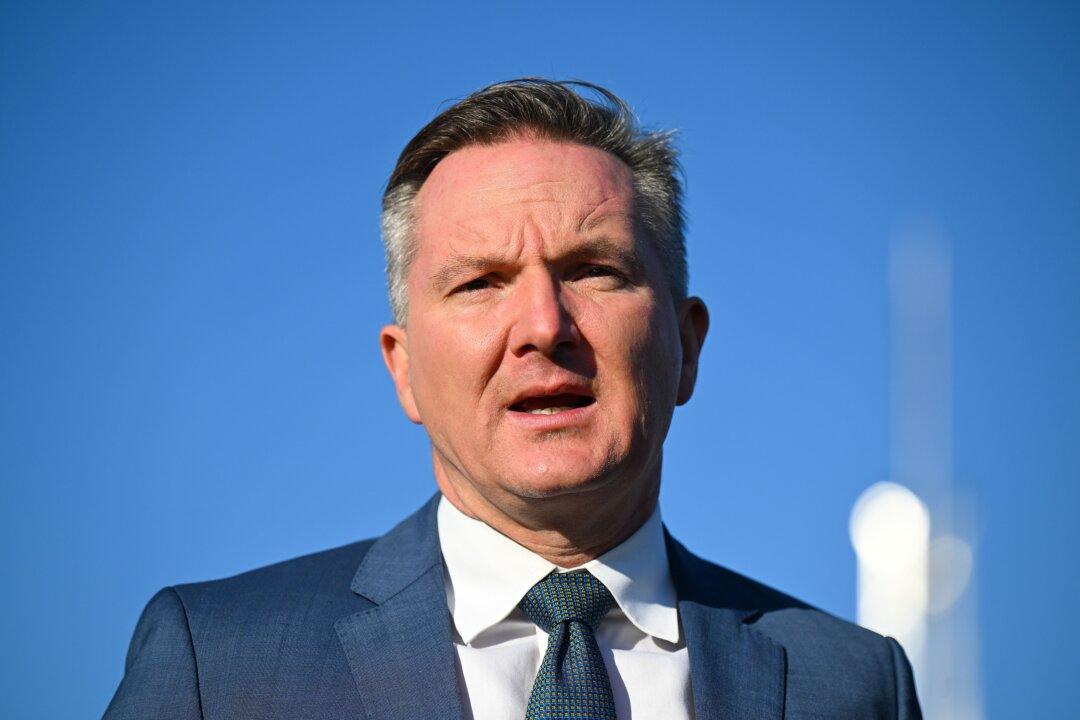Nuclear is not on the table as an option to add to Australia’s energy mix amid a push for net-zero due to the huge initial costs, the Minister for Climate Change and Energy, Chris Bowen, has said.
As Australia lacks existing nuclear infrastructure due to its nuclear ban since 1998, the costs required to set up an industry from scratch make it the “most expensive form of energy” for the country.





